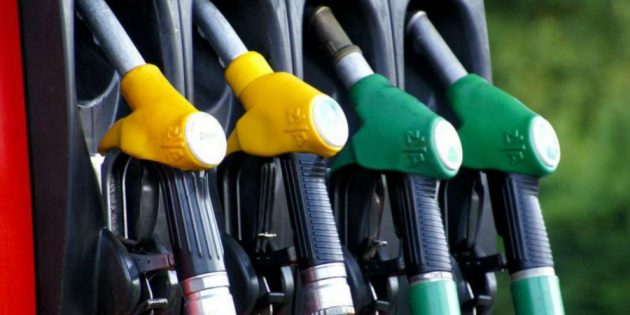Business leaders operating in the manufacturing, mining and energy sectors anticipate an improvement in their production in the second quarter of 2023, announced the High Commission for Planning (HCP). For the same quarter, those in the environment sector expect stability.
According to the results of the business tendency surveys carried out among them by the public body, for the second quarter of 2023, the expectations put forward by the manufacturing industries would be attributable to an increase in the activity of the “Food industry” and the “Manufacture of electrical equipment”.
They would also be linked to a decrease in the activity of the “Manufacture of rubber and plastic products”, the “Leather and footwear industry” and the “Paper and cardboard industry”, underlines the High Commission in an information note adding that the industrialists generally foresee a stability of the workforce employed during this same period.
The business tendency surveys carried out among the bosses operating in the extractive industry reveal that the increase in production for the second quarter expected “would be attributable mainly to an increase in the production of phosphates”.
In its information note, the High Commission also reports that the bosses of this sector foresee a reduction in the number of employees employed for the same quarter.
According to the same source, the energy production expected for the second quarter of 2023 would experience an increase attributable to the increase in “Production and distribution of electricity, gas, steam and air conditioning”.
With regard to employment, the public institution also reports that it would experience stability in the workforce for the same quarter.
As for the companies in the environmental industry, they link the stability of their production in particular to the activities of “Capture, treatment and distribution of water” and to the stability of the workforce employed.
It should be noted that the business tendency surveys revealed that in the first quarter of 2023, production in the manufacturing industry would have experienced a decline.
This development would be the result of a reduction in production in the branches of “Automotive industry”, “Food industry” and “Manufacture of rubber and plastic products”.
According to the HCP, it would also be due to an increase in production in the branches of “Manufacture of electrical equipment” and “Manufacture of other non-metallic mineral products”.
In its memorandum, it is also mentioned that the sector’s order books were deemed to be below normal by business leaders.
“As far as employment is concerned, it would have experienced stability. Overall, the production capacity utilization rate (TUC) in the manufacturing industry would have stood at 76%,” according to the public institution.
Moreover, during the same quarter, 43% of companies in the manufacturing industry stated that they “would have encountered difficulties in the supply of raw materials, mainly those of foreign origin”.
As for the stocks of raw materials during this quarter, they would have been at a normal level while the cash would have been considered “difficult” according to 29% of the bosses. The HCP specifies that this proportion reaches nearly 41% in the “Textile and leather” branch.
The production of the extractive industry would have, for its part, experienced a decline, due to a reduction in the production of phosphates; while the selling prices of the products of this sector would have decreased and employment would have decreased.
As for the production of the energy industry, it would have posted a drop mainly due to the decrease in the “Production and distribution of electricity, gas, steam and air conditioning”, continued the HCP. And to add that the order books would have been at a normal level while employment would have experienced a decline.
Lastly, the production of the environmental industry would have known a stability attributable to a stagnation of the activity of “Catchment, treatment and distribution of water”; while order books would have settled at a normal level and employment would have been stable.
Alain Bouithy











